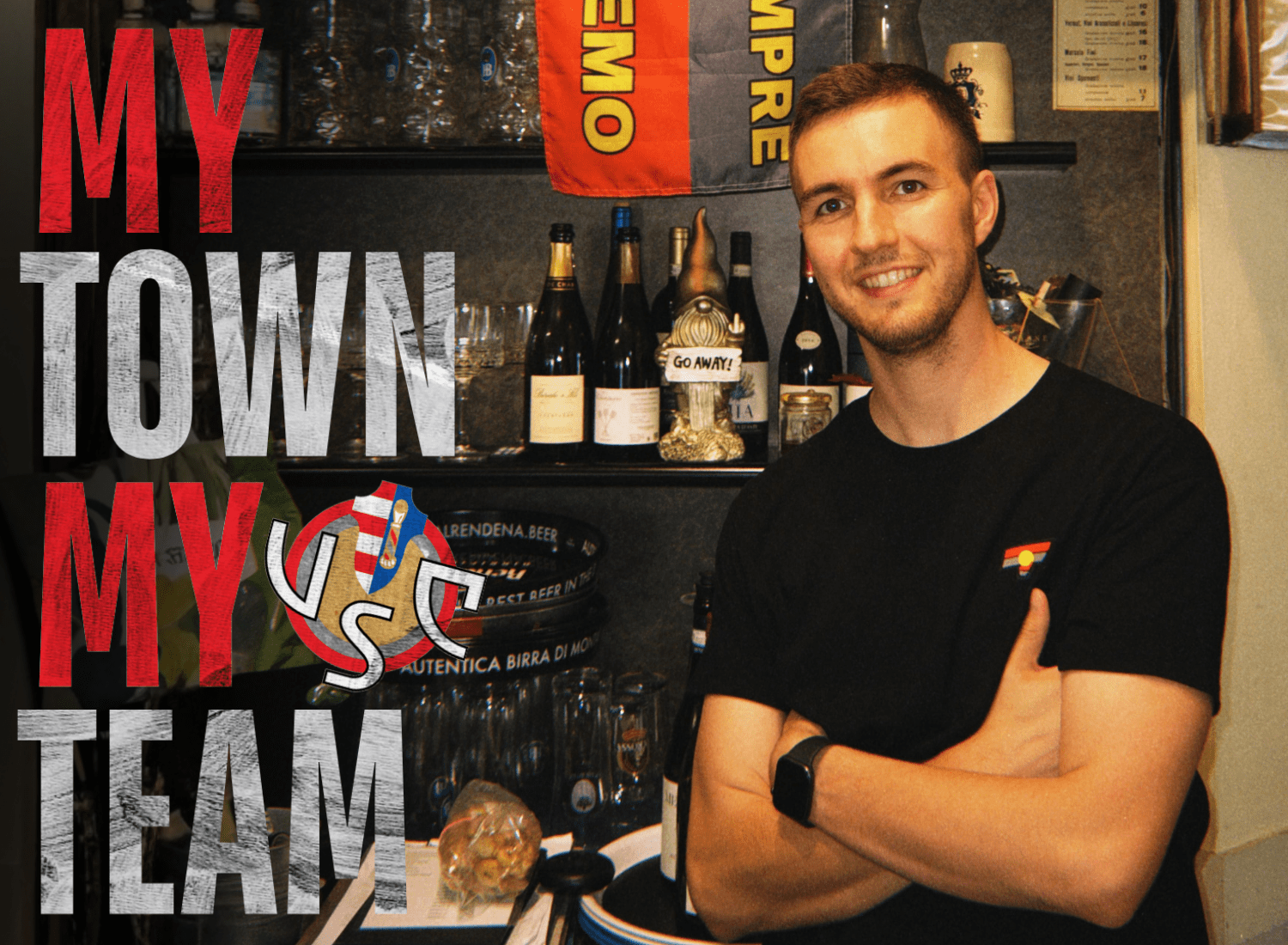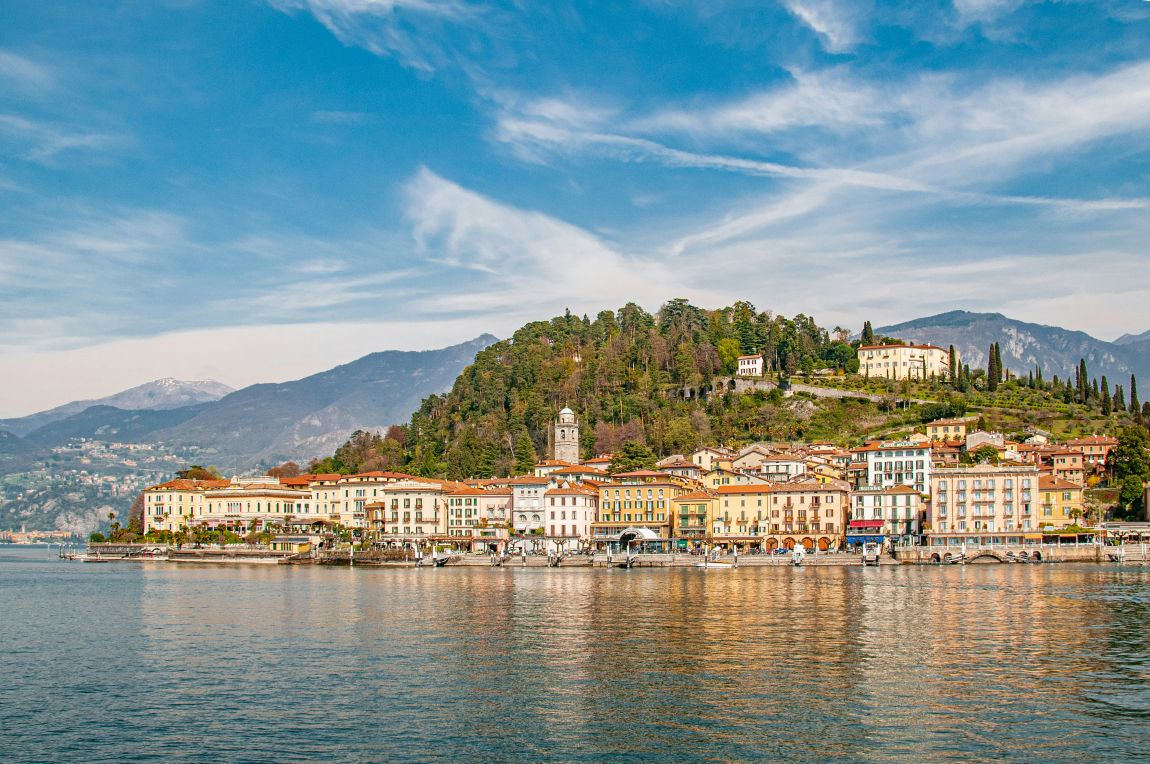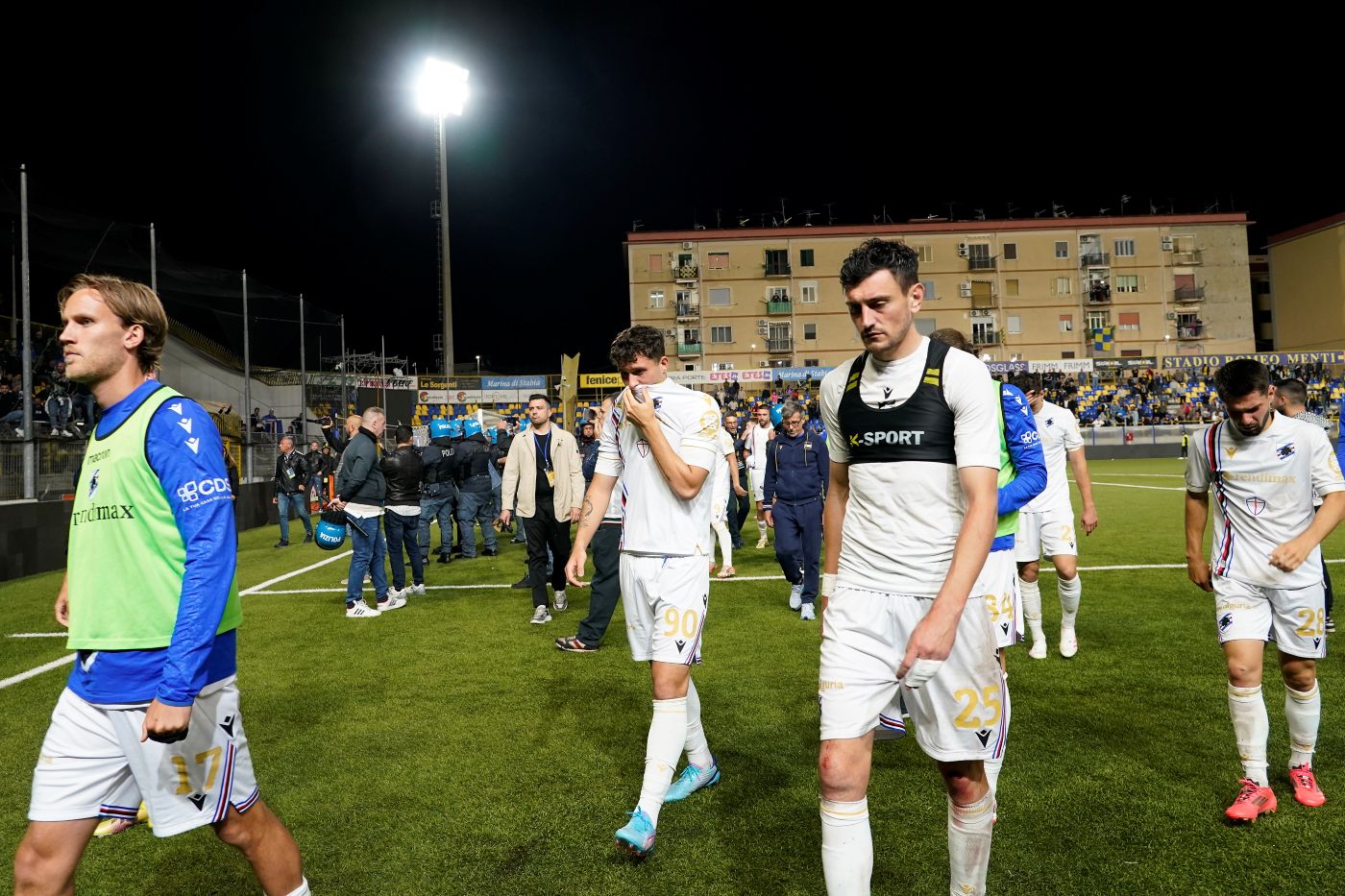
After Sampdoria’s Slump to Serie C, a Look Back at Five of Calcio’s Most Shocking Relegations
By Emmet Gates
Sampdoria players crumpled to the floor at the Stadio Romeo Menti.
Even if many believed it would not happen, that somehow they would find a way out of the sinking sand, it did. Tears were held back, players were disconsolate.
One of Italy’s grandest clubs was now relegated to the third tier of the football pyramid.
Samp’s slump into Serie C was shocking for those who hadn’t been keeping a firm eye on how bad they have been this season.
Four managers, poor transfers and a general lack of cohesion in all directions is the story of their campaign.
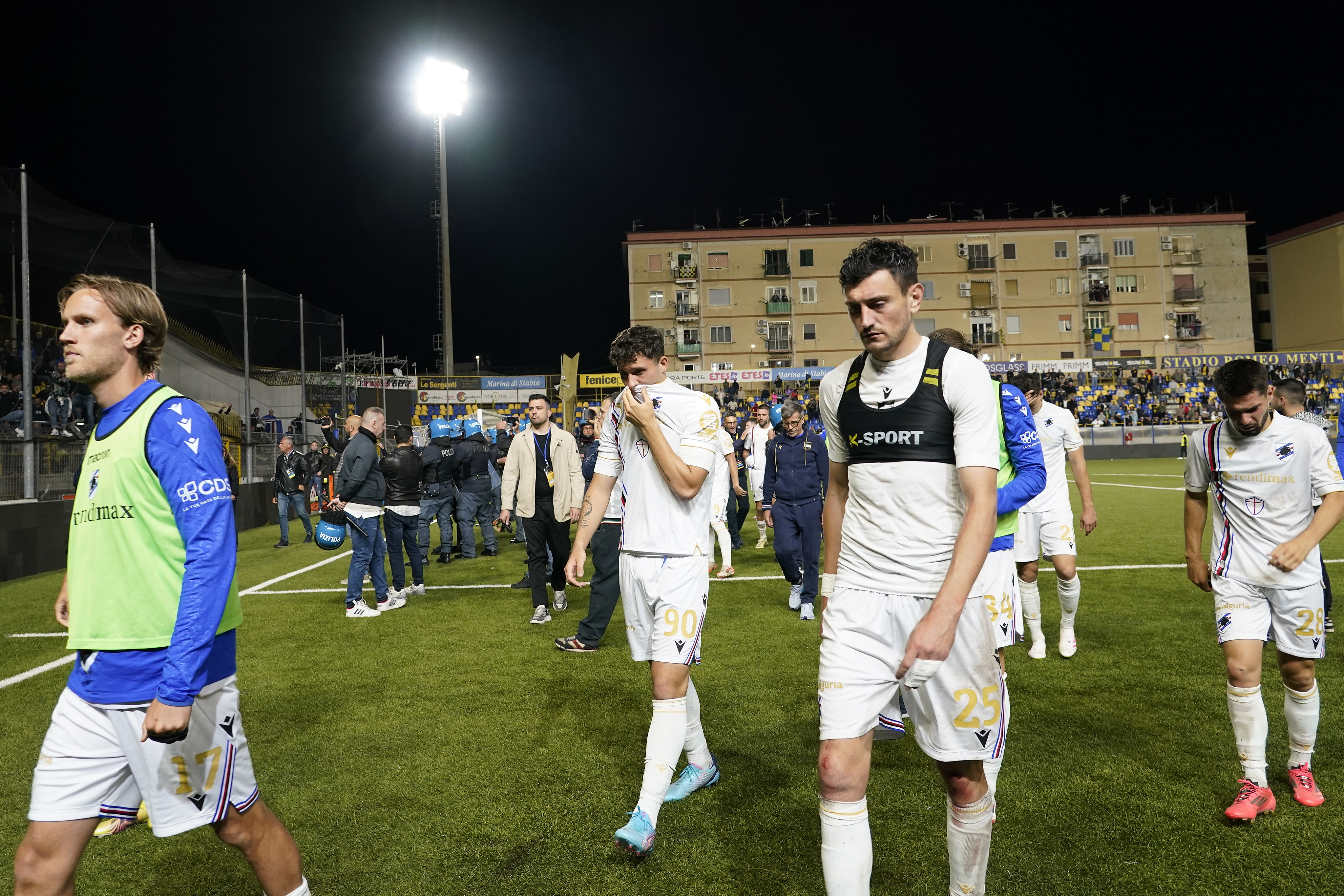
For a club who won the Scudetto in 1991, humbling trips to the likes of Lumezzane, Lecco, Giana Erminio and Albinoleffe await the Blucerchiati.
But what other relegations caused seismic shocks in the Italian game?
Torino (1958-59)
A full decade after the tragedy of Superga and weighed down by their own history, Torino suffered relegation to the second tier for the first time.
The years after the team had been killed in the Superga air disaster had been ugly for the Granata. Naturally, a club who had dominated the Italian game before the accident started to slide down the table.
Torino’s iconic president, Ferruccio Novo, resigned in 1953 after struggling to rebuild. Multiple owners had come and gone, and at one stage the club was run via an executive committee.
Torino limped on throughout the 1950s, finishing no higher than sixth.
They moved from their sacred ground of the Filadelfia at the beginning of the season to the larger Stadio Comunale (now the Stadio Olimpico di Torino).
Despite bigger audiences, they floundered away from their spiritual home. Called Talmore Torino for one season due to commercial reasons, they lost 17 of 34 games in 1958-59.
After beating Triestina, who also suffered relegation that season, in October, they did not win again until a Derby Delle Mole victory over Juventus in mid-March.
A side containing future World Cup-winning coach Enzo Bearzot and the father of former Napoli and Parma midfielder Massimo Crippa struggled to score goals, netting only 36 but conceding a massive 72.
Relegation to Serie B capped off a truly horrendous decade in Torino’s history.
AC Milan (1981-82)
Relegated two years previously for their involvement in the Totonero scandal, this time around Milan fell into Serie B for simply being, well, a bit rubbish.
A club in a constant state of flux, the Rossoneri returned to Serie A at the first time of asking ahead of the 1981-82 season.
In those pre-Silvio Berlusconi years, money was not plentiful. Joe Jordan was signed from Manchester United, but Lo Squalo (the Shark), as he was known in Italy, made little impact in a team short on quality.
Franco Baresi missed 12 games of the season through a rare blood disorder, and Milan collected only eight points without their defensive talisman.
They won three times in the first 15 games of the campaign and scored a paltry 21 goals all season.
Gigi Radice was on the bench but was sacked in January after a 1-0 home defeat by Udinese.
Caretaker coach Italo Galbiati steadied the ship in the second half of the season but it was too little too late. Milan finished a point behind Genoa and succumbed to a second relegation in three years.
Fiorentina (1992-93)
How does a team containing Gabriel Batistuta, Stefan Effenberg and Brian Laudrup get relegated?
The answer is by winning only five games from September to mid-March amid a string of losses and changing coaches.
Batistuta, as Batigol always did, scored most of Fiorentina’s goals, but defensively they were a shambles.
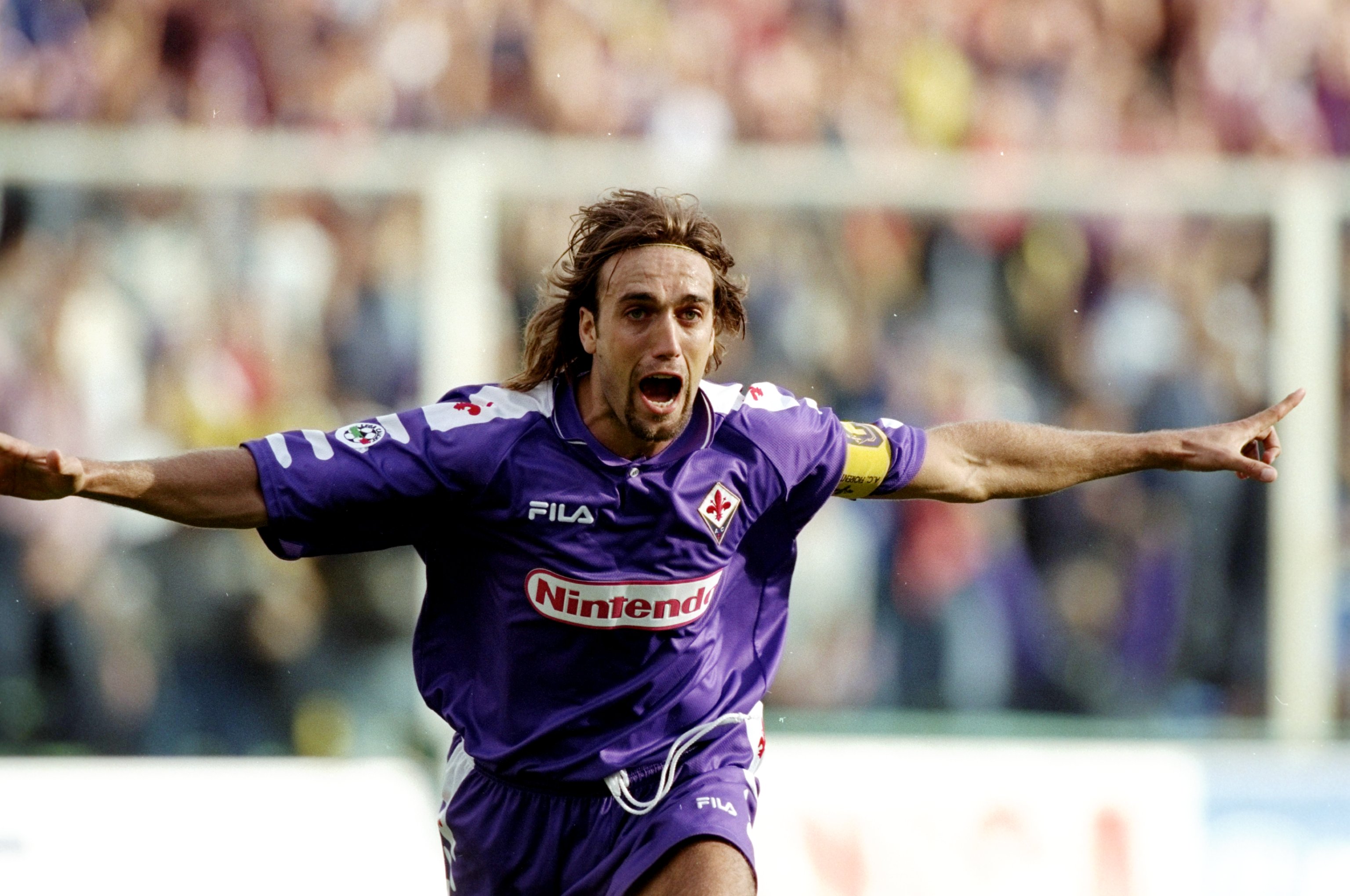
Only Ancona and Pescara, who finished below them, conceded more than the 56 they let in.
Gigi Radice (again) was sacked in early January, Aldo Agroppi then lasted three months before club legend Giancarlo Antognoni and Luciano Chiarugi oversaw the final few games of the campaign.
Fiorentina ended the season on 30 points and level with Brescia and Udinese, but due to their inferior head-to-head record with both, they were sent down, ending a 54-year run in the top flight.
Batistuta stayed, remarkably, in Serie B the following season as Fiorentina went straight back up at the first attempt with Claudio Ranieri at the helm.
Sampdoria (1998-99)
Sampdoria’s descent into Serie C isn’t their first major relegation.
Eight years after their historic Scudetto in 1991, the Genoa outfit found themselves in Serie B as the wheels truly came off under owner Enrico Mantovani, the glory years of Gianluca Vialli and Roberto Mancini long since lapsed.
Such was the quality in Serie A at the end of the 1990s that a side containing Vincenzo Montella, who scored 12 goals, and Ariel Ortega could fall into the second tier.
Mantovani, son of the legendary Samp owner Paolo, wasn’t as shrewd an operator as his father.
Juan Sebastian Veron, Sinisa Mihajlovic and Alain Boghossian were not sufficiently replaced following summer departures.
Ortega was brought in off the back of his performances for Argentina at France 98 and seen as a replacement for Veron, but the diminutive wizard was inconsistent and showed only glimpses of his outrageous talent.
Luciano Spalletti was installed as coach then fired and brought back following his productive spell at Empoli.
David Platt, once a Samp midfielder during the latter days of Mantovani Snr’s reign, was hired as Spalletti’s replacement mid-season, but was not allowed to stand on the touchline due to a lack of coaching badges.
The farcical situation meant Platt was sent on his way for a returning Spalletti, all of which happened during a 13-game winless run that stretched from mid-November to late-February.
Samp finished the season strong, winning six of their last 12, but the damage had been done.
They went down having finished 16th and two points short of survival. It took them four years to return.
Parma (2007-08)
Even though the Gialloblu only made it to the dizzying heights of Serie A as recently as 1990, many regarded them as top-flight mainstays by the late 2000s.
That wasn’t to be the case.
If they had been a roaring success in the 1990s, the following decade was anything but. Owners Parmalat had been involved in one of Europe’s biggest financial fraud scandals of all time, resulting in a colossal €14billion hole in its accounts in 2003.
This meant the days of signing world-class players were over. Talent was sold: Fabio Cannavaro and Marco Di Vaio in 2002; Adrian Mutu and Adriano in 2003 and 2004 and Alberto Gilardino in 2005.
The Tanzi family relinquished control at the end of the 2003-04 season as Parma filed for bankruptcy.
Enrico Bondi took control before the club was sold to the loathed figure of Tommaso Ghirardi in early 2007.
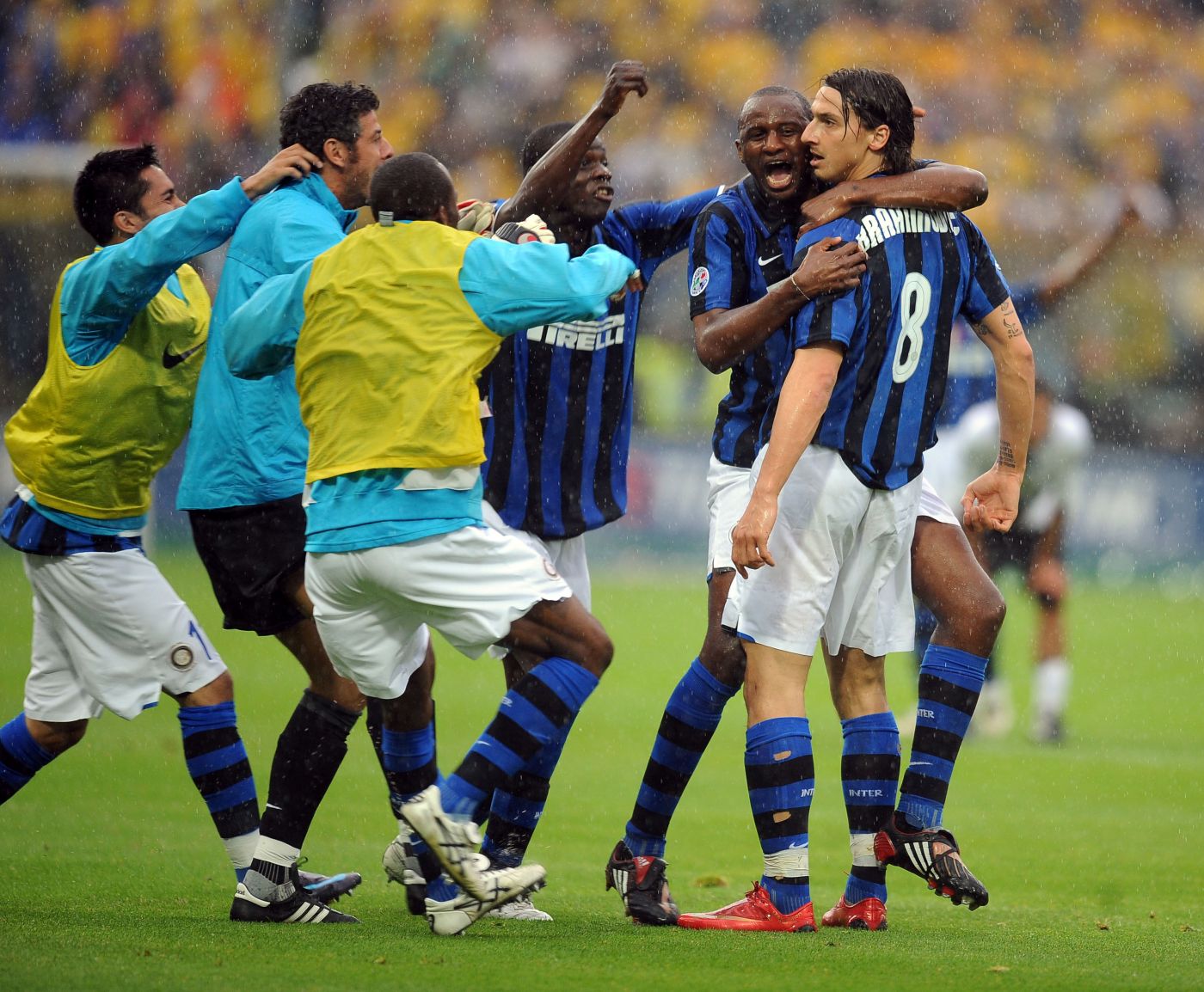
Parma had avoided relegation in 2006-07 due to a minor miracle from Ranieri, with the Italian coming in for the final three months of the campaign and losing just two games in 13.
Ranieri left for Juventus that summer and by May 2008 relegation seemed inevitable.
Short of any discernible talent except for an ageing Domenico Morfeo, Parma went into the final day needing to beat Inter at home and hope Catania, two points above them, lost to Roma.
A half-fit Zlatan Ibrahimovic came off the bench at a rain-drenched Stadio Ennio Tardini to not just score twice and secure Inter another Scudetto, but also send Parma down to Serie B after 19 seasons in the top flight.
For those who came of age cherishing the Parma of Tino Asprilla, Gianfanco Zola and later Hernan Crespo, Gigi Buffon and Lilian Thuram, it was a day to forget.
Related Articles
Related Articles
We get a local take on what's hot in Cremona - where to eat and drink, sights to see and handy hints that might not be in the tourist guides.
The Artemio Franchi will always be the main reason calcio fans head to Florence but there is one other thing that must be on the to-do list.
After the final whistle is blown at Stadio Giuseppe Sinigaglia, there is no better place to unwind than Bellagio.


